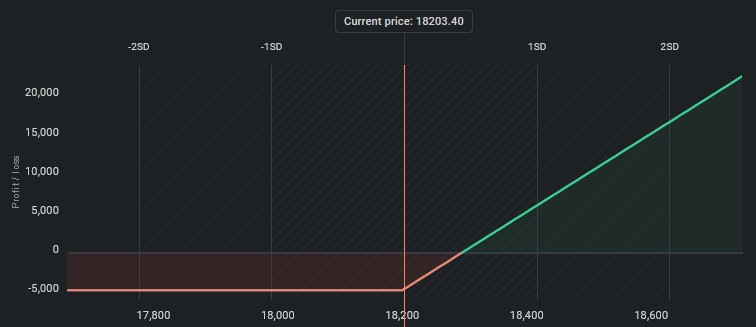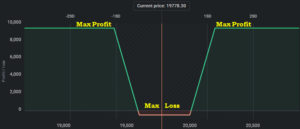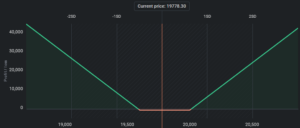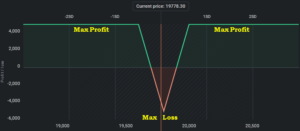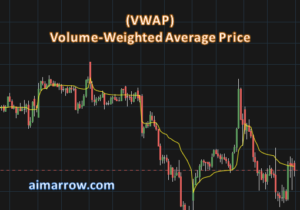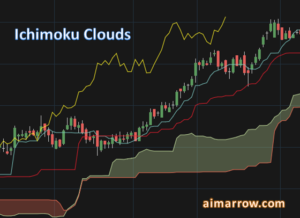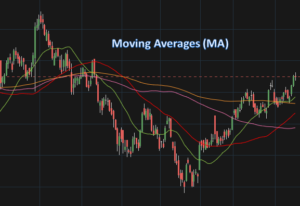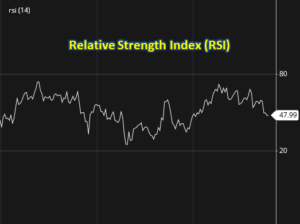Buy Call (Long Call) Options Trading Strategy | Execution, Risk, Reward, Payoff Graph, Pros & Cons
What is a Call Option?
A Call Option or simply referred to as a “Call“, is a derivative contract or an agreement between the buyer and the seller of the call option. The buyer of a Call Option would have a right and no obligation to buying the underlying asset in the contract at a specified price called exercise price or strike price, within a specific time period (called as expiry date).
Call Option may be used as an alternative to buying stock(or any other asset) itself. It is also gives you a leverage to trade with more number of shares of the underlying asset (lot size) with a relatively very less premium that you pay than you could afford to buy those number of shares outright.
When do you use the buy call / long call option trading strategy?
Buying a Call option is a basic option trading strategy. A trader goes long on a call option or buys a call option when his/her view is bullish or in simple words he/she expects the underlying asset’s price to go above a particular price within a specified time period.
In this strategy, you buy a call option (either ITM, ATM or OTM strike) and then close out the position later. This strategy should not be confused with ‘Naked Call‘ where we sell call first and then buy it back at a cheaper price.
How to buy a Call Option contract?
The buyer of the call option contract pays the option premium in exchange for the right (but not the obligation) to buy the underlying asset at a fixed price (strike price) by a certain expiry date.
Buy Call (Long Call) Option Payoff Graph
What is the risk and reward involved in buying a call option?
Risk: If the price of the underlying asset’s goes down or stays below the strike price, the maximum risk or loss for the trader is only the premium that was paid.
Reward: If the price of the underlying asset goes above the strike price then you make a profit. The maximum profit is literally unlimited as the price of the underlying asset can continue to move up to any extent.
If the underlying asset’s price is above the strike price on expiration, the profit/loss is calculated by taking the price of the underlying asset at the time of expiry and then subtracting the strike price and the premium paid, then multiplying that by the number of controlled shares (lot size).
You also need to deduct the brokerage and other charges if any from the profit/loss.
Breakeven: The point at which the call option buyer completely recovers the premium he has paid is called the breakeven point. The breakeven on a long call option is calculated by adding the premium to the strike price.
Breakeven Example: If a stock is trading Rs 100 and an investor wants to buy a Rs 105 strike price call option for Rs 2, then the breakeven price of the stock would be Rs 107.00.
Traders earn profits if the price of the underlying asset moves above the breakeven point and loose premium if the price of the underlying asset falls below the breakeven point.
How to exit?
There are different ways to exit a call option:
- Sell the Call Option on profit/loss before expiry
- Let the Call Option expire
- Exercise the Call to buy the underlying asset at the predetermined price on the expiry date (Note: Early exercise is only possible with American-style option contracts)
Effects of time and volatility
- Gains if IV goes up
- Loses time value every day
Pros And Cons Of The Buy Call (Long Call) Options Trading Strategy:
Pros:
- Limited risk: The maximum loss for the buyer of a call option is limited to the premium paid for the option. This means that the potential losses are known in advance.
- High potential for profit: The buyer of a call option has the potential to earn a significant profit if the underlying asset’s price increases significantly before the expiration date of the option.
- Leverage: Options allow traders to control a large amount of an underlying asset for a relatively small amount of money. This leverage can lead to significant gains if the trade is profitable.
- Flexibility: Options can be used in a variety of ways, including as standalone trades or as part of a larger trading strategy.
Cons:
- Time decay: Options have a limited lifespan, and as the expiration date approaches, the value of the option can decrease rapidly, even if the underlying asset’s price hasn’t changed significantly.
- Limited time to make a profit: The buyer of a call option must be correct in both the direction and timing of the underlying asset’s price movement. If the price doesn’t increase before the option’s expiration date, the trade can result in a loss.
- Volatility risk: The value of options is influenced by changes in implied volatility, which can be unpredictable and difficult to manage.
- Higher transaction costs: Options trading can involve higher transaction costs than other forms of trading, such as stocks or exchange-traded funds.
Summary
- Option Trading Strategy: Buy Call (Long Call)
- Market View: Bullish
- Entry: Buy a call option
- Profit: When price of the underlying asset >= Strike price of the Call Option+ Premium Paid
- Maximum Profit = Unlimited
- Loss: When price of the underlying asset <= Strike price of the Call Option
- Maximum Loss = Net Premium Paid
- Breakeven Point = Strike price of the Call Option + Premium paid
- Exit: Sell the Call on profit/loss before expiry; let the Call Option expire; Exercise the call to buy the underlying asset at the predetermined price on the expiry day.
Conclusion
Overall, buying a call option can be a high-risk, high-reward strategy that is best suited for experienced traders who are comfortable with the risks involved. As with any investment, it’s important to thoroughly research and understand the risks and potential rewards before making a trade.
